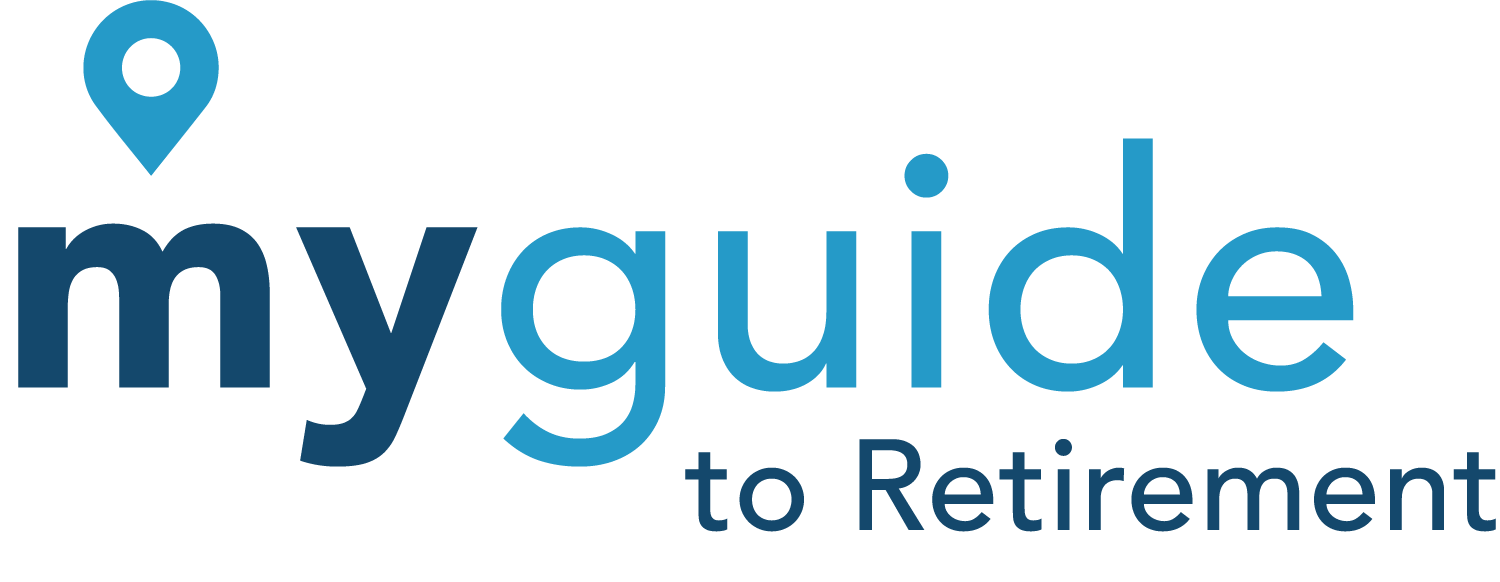

Does Medigap Get More Expensive as you Age?
Learn how Medigap pricing works, what affects your premiums over time, and how to choose an affordable plan that fits your long-term retirement goals.
Key Takeaways
Yes, Medigap premiums can increase as you age—but it depends on how your policy is rated. Insurance companies use one of three pricing methods that determine whether your costs rise over time:
- Attained-age rating: Premiums are based on your current age and increase as you get older. These plans start cheaper but usually become the most expensive later in life.
- Issue-age rating: Premiums are based on your age when you first buy the policy. They don’t rise due to age but may increase because of inflation or insurer rate adjustments.
- Community rating: Everyone pays the same premium regardless of age. Costs only rise due to factors like inflation or overall healthcare expenses.
Other reasons Medigap premiums may increase:
- Inflation and rising healthcare costs
- Medicare program changes (e.g., deductibles, coinsurance)
- Insurer rate filings and approval from state regulators
- Shifts in market competition or claims volume
To keep your Medigap premiums affordable, enroll during your Open Enrollment Period at age 65, compare pricing models before buying, and review your plan every few years to ensure you’re still getting the best value.
Does Medigap Get More Expensive as You Age?
Retirement planning is all about budgeting. But when you try to estimate costs that rise with inflation or other external factors, such as food or housing, budgeting can certainly get more complicated. Unfortunately, medical insurance like Medigap, which helps cover out-of-pocket expenses that original Medicare doesn’t, can also fall into this category.
Depending on how your policy is rated, your premiums may rise as you get older. However, the degree and reason behind these increases vary by insurer and by the type of policy you choose. In this guide, we’ll break down how Medigap pricing works, what factors influence rate increases, and what you can do to keep your coverage affordable over time.
What Determines the Cost of Medigap Coverage?
Medigap, or Medicare Supplement Insurance, is health insurance provided by private insurers. With it, you can fill the “gaps” in Original Medicare coverage. It helps pay for costs such as deductibles, copayments, and coinsurance that Medicare Parts A and B don’t fully cover. Because private insurers sell Medigap policies rather than the federal government, the price you pay for coverage can vary widely.
Several factors influence the cost of a Medigap plan, including:
- Plan type (A–N): Each lettered plan offers a different level of coverage, with more comprehensive plans generally costing more.
- Location: Local healthcare costs and market competition can vary by state, affecting premiums.
- Age: Some plans increase in cost as you get older, while others do not—this depends on how the policy is rated.
- Tobacco use: Smokers typically pay higher premiums than non-smokers due to increased health risks.
- Insurer: Each company sets its own pricing structure and may offer discounts or incentives that affect overall cost.
Because of these factors, it’s essential to shop around for the right Medigap plan before committing to a plan.
The Three Medigap Pricing Methods Explained
One of the most important factors influencing your long-term Medigap costs is how your insurance company prices its plans, also known as its pricing method. This method determines whether your premiums will stay consistent, increase as you age, or change for other reasons. Most plans fall into one of the following pricing methods:
Community-Rated (No-Age-Rated) Premiums
With community-rated plans, everyone pays the same monthly premium regardless of age. Whether you enroll at 65 or 75, your base rate will be identical to that of others in your area who hold the same plan. Premium increases typically occur only because of inflation or company-wide adjustments — not because you’re getting older.
This pricing structure may work for you if you’re prioritizing long-term affordability since it protects you from age-related premium spikes later in life.
Issue-Age-Rated Premiums
Issue-age-rated Medigap plans base your premium on your age at the time you first buy the policy. The younger you are when you enroll, the lower your initial rate. Once you have coverage, your premium will not increase simply because you age. However, costs may still rise due to inflation or overall rate adjustments by the insurer.
Buying early often pays off with this pricing method, since locking in a plan at 65 could mean decades of predictable rates.
Attained-Age-Rated Premiums
With attained-age-rated plans, premiums start lower when you first enroll but gradually rise as you get older. This is the most common rating method among insurers. While these plans can seem attractive due to their low initial cost, they often become the most expensive option over time.
For example, a policy might cost $110 per month at age 65 but increase to $175 per month by age 75. These gradual increases can add up significantly, making it essential to consider both your current budget and your future financial comfort when choosing this type of plan.
Why Medigap Premiums Increase Over Time
Even if your Medigap plan isn’t age-rated, it’s normal for premiums to rise gradually over the years. Increases often stem from factors outside your control rather than from your personal health or claims history.
For instance, as healthcare expenses climb nationwide, insurers may adjust premiums across the board to offset higher costs for doctor visits, hospital stays, and medical procedures. Similarly, when an insurance company’s overall claims volume rises — meaning more policyholders are using their benefits — the company may raise rates to balance out those payouts.
The average age of the insurer’s customer pool also plays a role. As policyholders grow older and require more frequent or expensive medical care, the insurer’s risk level increases, which often leads to higher premiums for everyone in that pool.
Even if your insurer’s premium rate rises in your later years, think twice before switching plans. After your initial enrollment period, most insurers require medical underwriting — a process where they review your health status before approving coverage. This means if you’ve developed new medical conditions, an insurer may quote you a higher rate or even deny coverage if you want to switch plans. For this reason, choose your Medigap plan carefully early on, considering not only your current needs but how affordable it will remain in the years ahead.
How To Plan for Long-Term Medigap Affordability
While you can’t control every factor that influences Medigap pricing, there are practical steps you can take to keep your premiums manageable.
Enroll During the Medigap Open Enrollment Period
Your best opportunity to secure affordable Medigap coverage is during your Medigap open enrollment period, which begins the month you turn 65 and enroll in Medicare Part B. During this six-month window, you have guaranteed issue rights, meaning insurers cannot deny you coverage or charge higher premiums because of preexisting conditions.
Missing this window can result in medical underwriting requirements, denial of coverage, or potentially higher costs.
Compare Different Pricing Models Before Buying
Before choosing a plan, know which pricing method your insurer uses — whether it’s community-rated, issue-age-rated, or attained-age-rated. Ask for sample rate projections that estimate what your premiums might look like five, ten, or even fifteen years down the road.
This comparison can help you identify which plan will provide the best long-term value. For instance, a community-rated plan may look slightly more expensive upfront but can offer more stability over time compared to an attained-age plan that rises steadily with age.
Review Your Plan Every Few Years
Even if you’re satisfied with your coverage, it’s smart to review your Medigap plan every few years. Compare your current rates with those from other insurers to see if you could save money or find a plan that better suits your evolving health needs.
Keep in mind that switching plans later in life may involve medical underwriting, so it’s not always guaranteed to lower your costs. However, if your health remains stable and new options become available, a strategic switch can lead to meaningful savings.
Medigap can be a valuable safety net—but only if you understand how your premiums will evolve. The more you learn about your health insurance options and how they’ll fit into your budget early on, the more you can prepare for a stress-free retirement. If you need more information about retirement planning, including how to account for Medigap plans, subscribe to My Guide to Retirement. We have plenty of expert resources so you can be prepared for today and tomorrow!
FAQs About Medigap Costs
Medigap premiums often rise because insurers adjust rates to reflect the higher cost of healthcare for older adults. Even if your plan type doesn’t base pricing on age, most insurers increase rates annually due to inflation, rising claims, and administrative costs.
Community-rated and issue-age-rated plans usually offer the best long-term stability because their premiums don’t increase due to age. However, age-rated plans might look cheaper initially, making it essential to weigh short-term savings against future affordability.
Yes, premiums can still rise each year to reflect general cost-of-living increases, inflation, or the insurer’s claims experience. These factors affect all policyholders regardless of age or health.
The best time to buy Medigap coverage is during your six-month Open Enrollment Period, which begins the month you turn 65 and enroll in Medicare Part B. During this window, insurers can’t deny coverage or charge more based on health conditions.
Yes, different insurance companies can charge different premiums for the same Medigap plan. Each company sets its own pricing strategy, so comparing multiple quotes before enrolling is the best way to find a cost-effective plan.
You can apply to switch plans at any time, but after your initial enrollment period, insurers may require medical underwriting. This means approval and pricing depend on your health history, making early enrollment the most cost-effective option.
In many cases, yes. If your total healthcare costs—including Medigap premiums—exceed a set percentage of your adjusted gross income, you may be able to claim them as a deduction on your federal tax return. Always confirm eligibility with a tax professional.
Start Planning Today for a Secure and Healthy Retirement
Use the free tools and resources at My Guide To Retirement to plan a comfortable and fulfilling retirement, according to your specific financial and health goals.

